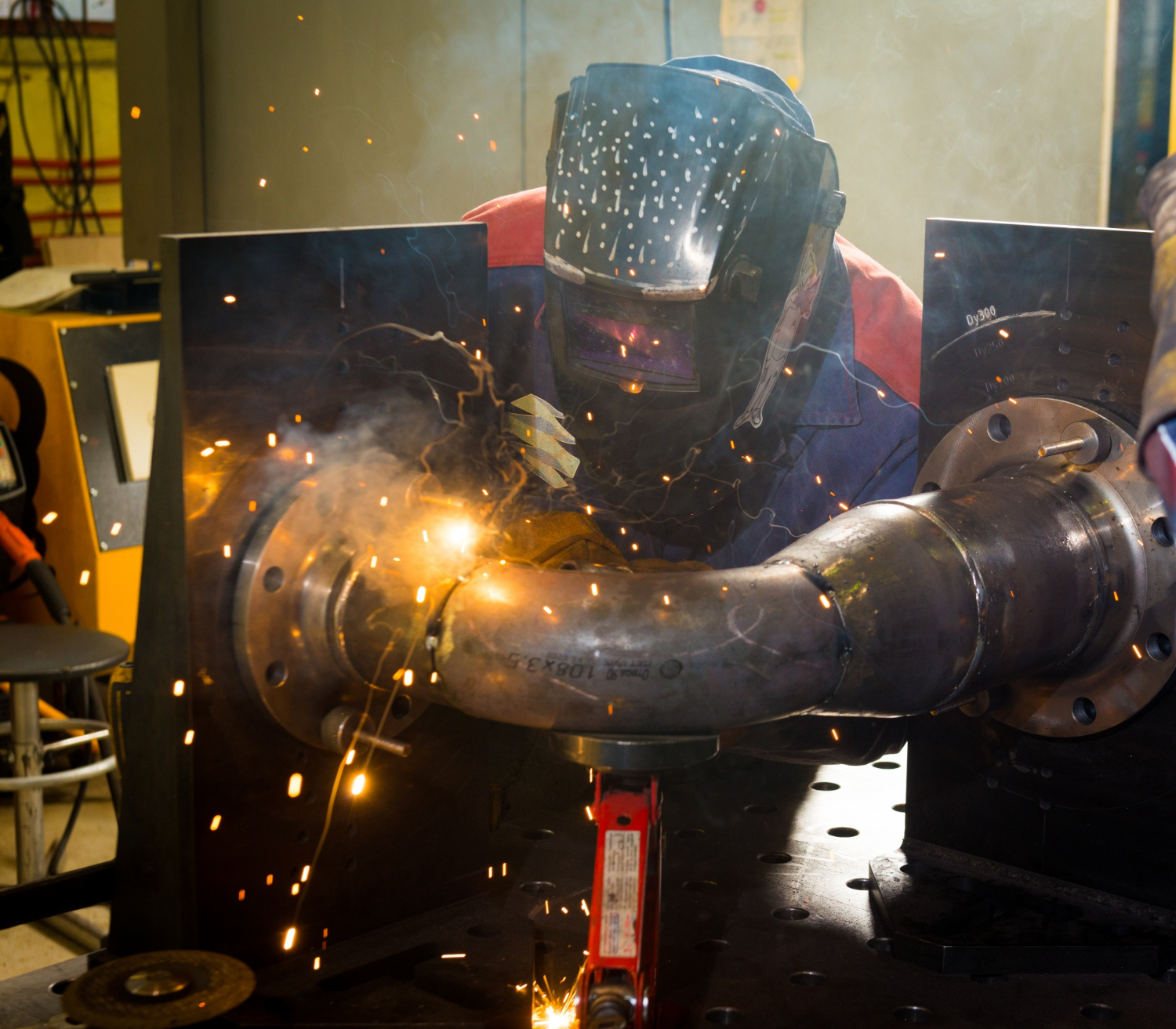underwater welding schools


Specialized Curriculum
Hands-on Training
Experienced Instructors
Safety Standards and Protocols
Certification and Accreditation
Professional Development
Career Opportunities

About Underwater Welding Schools
Upon successful completion of an underwater welding program, students are awarded certifications that validate their competency in underwater welding techniques and safety procedures. Accredited underwater welding schools adhere to industry standards set forth by organizations such as the American Welding Society (AWS) and the Diver Certification Board of Canada (DCBC), ensuring that graduates meet the requirements for employment in the marine construction and offshore industries.
Underwater welding schools play a crucial role in preparing individuals for the demanding and rewarding profession of underwater welding. Through comprehensive training, practical experience, and adherence to safety standards, these schools empower graduates to contribute effectively to the marine industry while ensuring the integrity and durability of underwater structures and installations.
Our Services
Curriculum Overview
The curriculum of underwater welding schools typically encompasses a blend of theoretical knowledge and practical hands-on experience. Students learn about welding techniques, safety protocols, underwater equipment operation, dive procedures, and inspection methods. These programs often incorporate classroom lectures, simulated dives, and real-world exercises to ensure comprehensive skill development.
Safety Protocols and Diving Procedures
Safety is paramount in underwater welding due to the unique challenges posed by working in an underwater environment. Students in underwater welding schools undergo rigorous training in safety protocols, including decompression procedures, dive planning, emergency response, and hazard mitigation. Understanding and adhering to these protocols are essential for ensuring the well-being of both the diver and the integrity of the welding operation.
Welding Techniques and Equipment
Underwater welding schools equip students with proficiency in various welding techniques, including shielded metal arc welding (SMAW) and flux-cored arc welding (FCAW). Students learn to operate specialized welding equipment designed for underwater use, such as wet welding electrodes, welding stingers, and hydraulic tools. Mastery of these techniques and equipment is vital for achieving high-quality welds in challenging underwater conditions.
Practical Training and Simulation
Practical training forms a significant component of underwater welding education. Students engage in simulated dives and practical exercises in controlled underwater environments to simulate real-world welding scenarios. These hands-on experiences allow students to apply theoretical knowledge, hone their welding skills, and familiarize themselves with the challenges of working beneath the water’s surface.

About Underwater Welding Schools
Underwater welding schools offer unique training programs that prepare individuals for a specialized and rewarding career in underwater welding. These schools provide a structured environment where students learn the necessary skills and knowledge to become proficient underwater welders. Here are some of the key benefits of attending underwater welding schools.
Underwater welding schools offer focused curricula designed specifically for underwater welding techniques. Students receive comprehensive instruction in welding procedures, equipment operation, safety protocols, and underwater construction methods. The curriculum is tailored to provide hands-on training and theoretical knowledge essential for success in the field.
One of the most significant advantages of underwater welding schools is the opportunity for hands-on training in controlled underwater environments. Students practice welding techniques in simulated conditions that mimic real-world scenarios, allowing them to gain confidence and proficiency before entering the workforce. Hands-on training enhances skill development and prepares students to tackle the challenges they may encounter during actual underwater welding projects.
